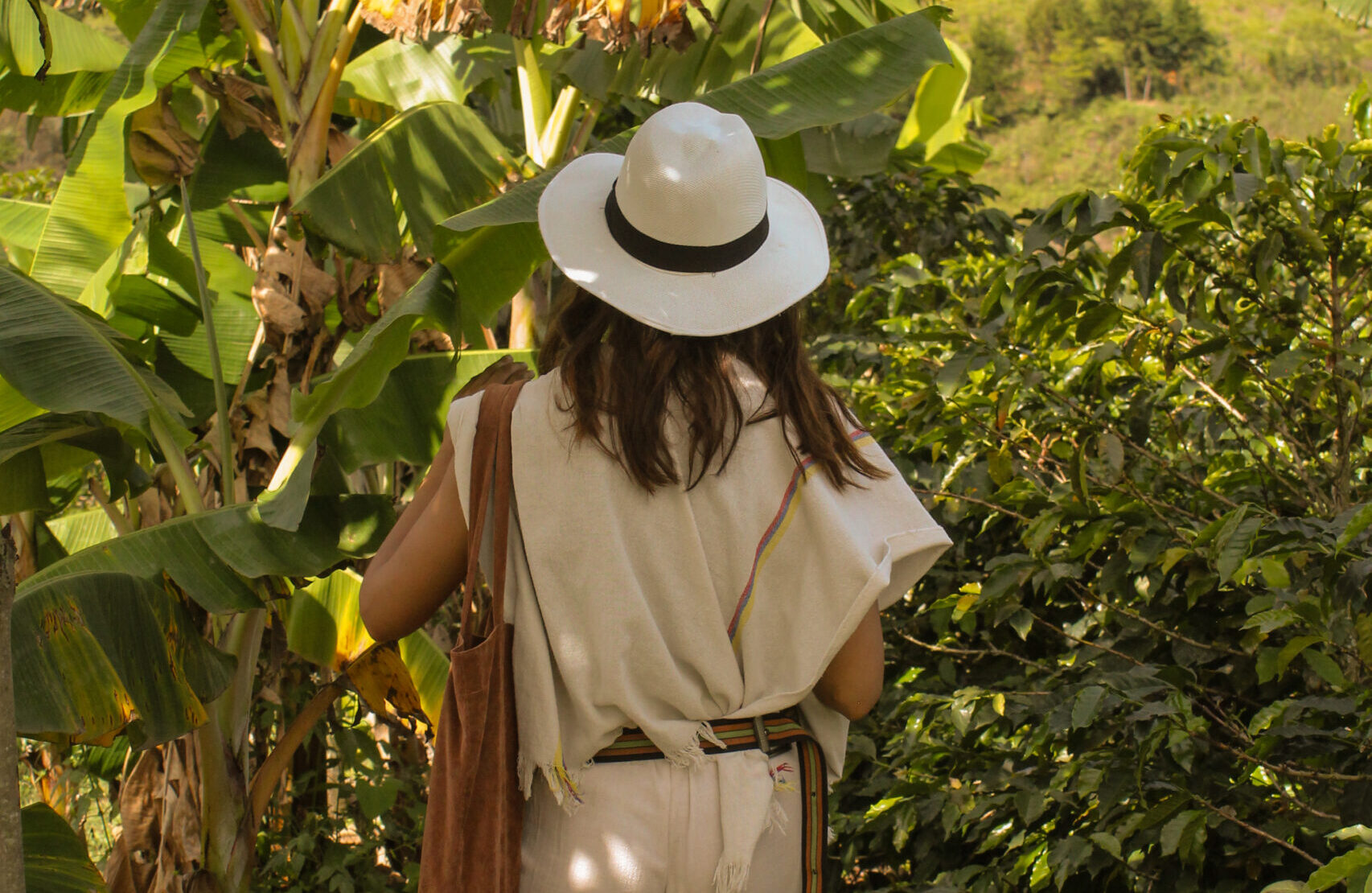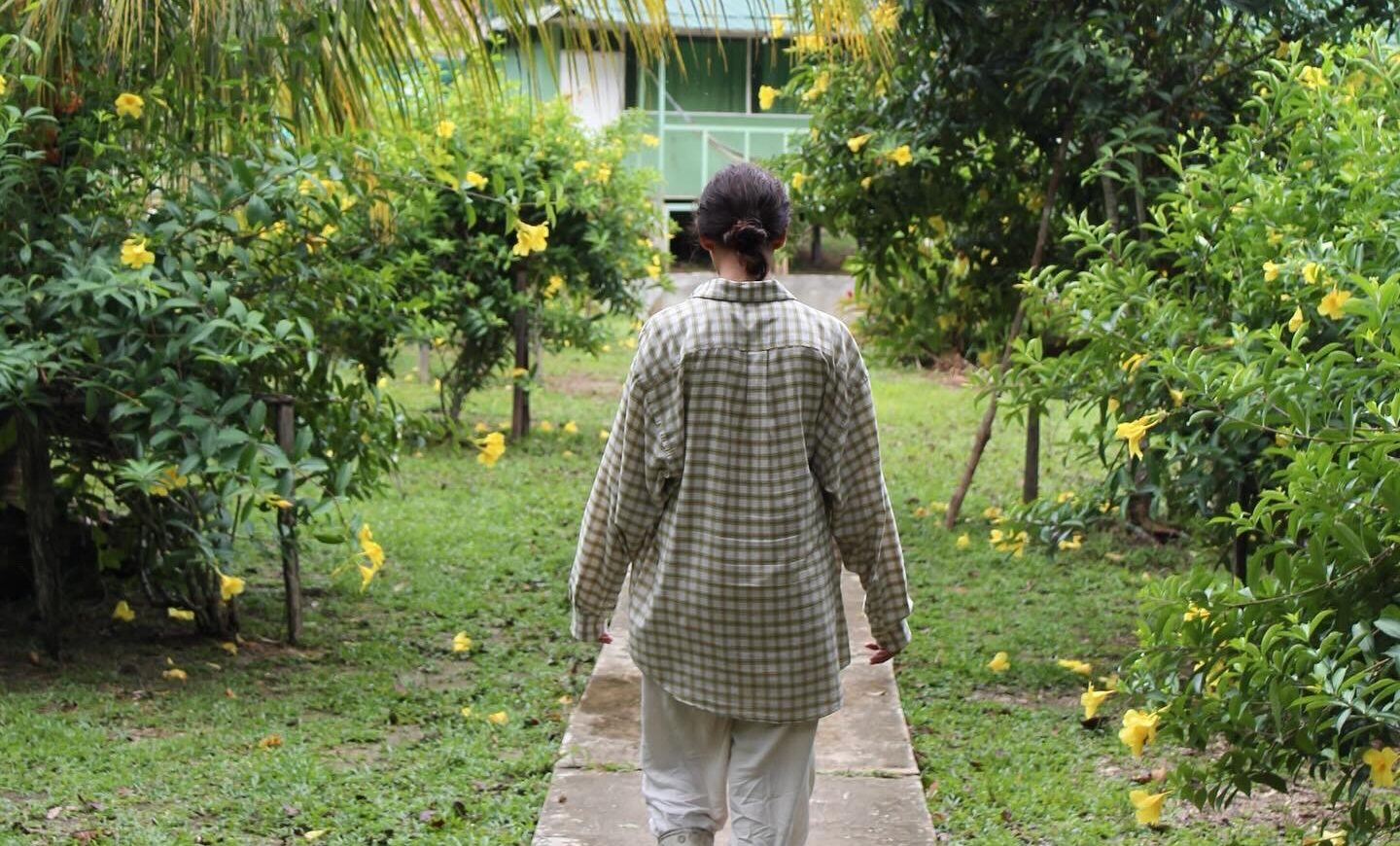
The Ultimate Guide: 10 Lessons from Backpacking South America
Backpacking through South America is an adventure filled with breathtaking landscapes, vibrant cultures, and unforgettable experiences. However, there are things I wish I had known before embarking on this journey—things that would have made my trip smoother, safer, and even more enriching. If you’re planning your own backpacking adventure through South America, here are ten key lessons I learned along the way.
1. Pack Light (But Smart)
Backpacking means carrying your life on your back, and overpacking can quickly become a burden. I originally bought a lot of things with me that I ended up not needing, and in hindsight, it would have been better to bring just the essentials and buy anything extra along the way. I also ended up bringing a lot of clothing I didn’t need but really liked, which made it hard to part with, but ultimately just weighed down my bag. Packing clothes that match means you need to bring less and can create multiple outfits with just a few pieces. This simplifies your packing, makes dressing easier, and helps keep your backpack lightweight. Many hostels also have laundry services, so you don’t need to bring your entire wardrobe.
2. Learn Basic Spanish (or Portuguese)
While you can get by with English in touristy areas, I have found that in most places, English is very limited. Speaking Spanish has been a lifesaver here and has also enabled me to form much deeper connections with locals and get by with day-to-day life without being forced to only frequent touristic places. It has also helped me feel a lot safer, as I can understand what’s being said, sense if a situation is unsafe, or recognize if I’m being scammed. Locals appreciate the effort, and it helps in everyday situations like ordering food, asking for directions, and making new friends.
While you can get by with English in touristy areas, knowing basic Spanish (or Portuguese in Brazil) makes a huge difference. Locals appreciate the effort, and it helps in everyday situations like ordering food, asking for directions, and making new friends.
3. Trust in the Kindness of People
One of the most surprising and heartwarming aspects of traveling through South America has been experiencing the kindness of strangers. From locals offering directions when I looked lost to being invited into homes for meals, I’ve learned that people are generally good and willing to help. Trusting in this kindness, while still using common sense and following your instinct, has led to some of my most memorable travel experiences.
4. Use Buses and Public Transport
For the most part, I’ve found transport to be relatively reliable. Many people recommended against using local transport (i.e., metro and buses) for safety reasons; however, in the past year, I’ve traveled using mainly public transport and have never had any problems. Delays are common, so always plan with extra time, especially if you have connecting transport. However, for the most part, I’ve found transport to be relatively reliable.
5. Safety First: Trust Your Instincts
I feel like a lot of people exaggerate regarding the safety in Latin America—I almost didn’t go traveling because I was scared based on what people said. But over the course of the past year, I haven’t felt unsafe at any moment. Just trust your instinct and use common sense, and you’ll be fine. The same rules apply here as in any big city—being mindful of your belongings, avoiding certain areas at night, and staying aware of your surroundings.
6. Be Open to Changing Plans
Unless you’re traveling by plane and need to book flights (I traveled most of South America by bus), I would avoid having concrete plans. It’s happened to me many times that I ended up really liking a place and staying much longer than planned, or that I liked a place less than I expected and ended up not staying long. Also, not having a plan means that you’re able to say yes to spontaneous plans that may happen. Some of the best travel experiences happen unexpectedly, so being flexible and open to opportunities—whether it’s staying longer in a place you love or joining new friends on an adventure—makes the journey even more rewarding.
7. Have Internet Access Before Arriving
I’ve arrived late sometimes to a new country, and often to bus terminals that felt a little sketchy. Having internet is one of the most important things for me when arriving in a new place to not feel so vulnerable—it means I can check where I’m going, order a taxi, or contact someone if I have any problems. When I know I’m arriving late to a new place, I purchase an eSIM for one day upon arrival, and then the next day, once I’m settled in, I look for a local SIM card, which is much cheaper.
8. Travel Insurance is a Must
Unexpected illnesses, lost luggage, or sudden trip changes can happen. Having reliable travel insurance gives peace of mind and can save you a lot of money in emergencies.
9. Have a Rough Itinerary in Mind
Although I don’t recommend having concrete plans or set dates, I think it’s a good idea to at least have a rough route in mind or research the places you want to visit. It’s happened to me a few times that I ended up missing out on a city or experience due to not having planned out a rough itinerary or done basic research. Having an idea of what you want to see helps you make the most of your trip while still allowing for flexibility.
10. The People Make the Journey
More than the destinations, it’s the people you meet along the way that shape your travel experience. Whether it’s locals who welcome you into their homes or fellow travelers who become lifelong friends, connections are what make backpacking truly unforgettable.
Final Thoughts
Backpacking South America is an experience like no other, but being prepared can make all the difference. These lessons have shaped my journey, and I hope they help you on yours. Have you backpacked through South America? What’s one thing you wish you had known before you started? Let me know in the comments!



